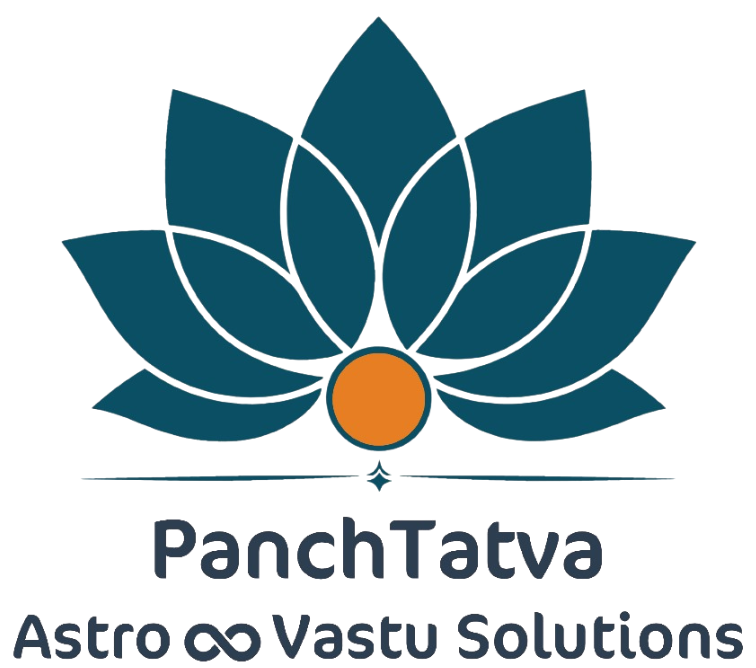Panchtatva in Vastu Shastra
Vastu Shastra is an ancient Indian science of architecture and design that focuses on harmonizing the environment where one lives or works with the natural elements. The term “Vastu” comes from the Sanskrit word “Vas” which means to reside, and “Shastra” refers to science or knowledge. Together, Vastu Shastra is the science of dwelling.
Key Concepts of Vastu Shastra:
- Five Elements (Panchabhuta): Vastu is based on the principle that everything in the universe is composed of five basic elements: Earth, Water, Fire, Air, and Space. Balancing these elements in a living or working space is believed to bring harmony and prosperity.
- Cardinal Directions: Vastu Shastra gives importance to the four cardinal directions—North, South, East, and West—and their sub-directions. The orientation of a building, room, or object according to these directions is considered vital for ensuring positive energy flow.
- Energy Flow: Vastu emphasizes the flow of cosmic energy (also known as “Prana”) within a space. Proper alignment and placement of rooms, doors, windows, and furniture are believed to channel positive energy, while imbalances can lead to negative effects.
In Vastu Shastra, the Panchtatva governs the energy flow within a physical space, such as a home, office, or temple. Proper alignment and balance of these elements ensure harmony, prosperity, and well-being.
Directional Association
Each element is associated with a specific direction:
- Akasha (Space/Ether): Central space – the core energy field or Brahmasthan.
- Vayu (Air): North-West – governs movement, ventilation, and openness.
- Agni (Fire): South-East – the source of energy, associated with the kitchen or fire-related activities.
- Jal (Water): North-East – governs purity and flow, often the location for water sources or puja rooms.
- Prithvi (Earth): South-West – provides stability and grounding, suitable for bedrooms or heavy furniture.
Application in Design
By balancing the Panchtatva in a structure, one can ensure the flow of positive cosmic energy (Prana):
- Proper ventilation for Vayu.
- Placement of water bodies for Jal.
- Use of natural materials (earth) for Prithvi.
- Maximizing sunlight in the Agni direction.
- Maintaining openness in the Akasha center.
Significance of Vastu in Life:
- Health and Well-being: It is believed that a space designed according to Vastu principles can positively impact the health and well-being of its inhabitants by promoting the right balance of energies.
- Prosperity and Success: Vastu Shastra is often associated with attracting wealth, success, and prosperity. Proper alignment and orientation can lead to better financial and professional outcomes.
- Mental Peace and Harmony: Living or working in a Vastu-compliant space is thought to enhance mental peace, reduce stress, and foster harmonious relationships.
- Spiritual Growth: By aligning one’s living space with natural energies, Vastu is said to aid in spiritual growth and the development of a deeper connection with the universe.
- Protection from Negative Influences: Proper application of Vastu principles is believed to protect against negative influences and reduce the impact of negative energies or bad omens.
Application in Modern Life:
Vastu Shastra is still widely practiced in modern architecture and interior design, especially in India. People often consult Vastu experts before constructing a new building, purchasing property, or even rearranging furniture, in hopes of maximizing the positive impact on their lives


